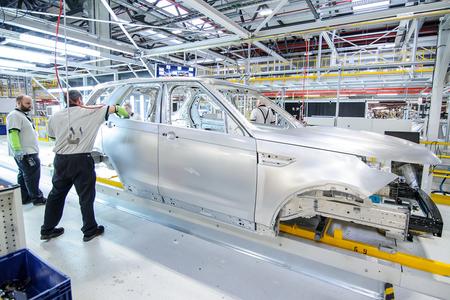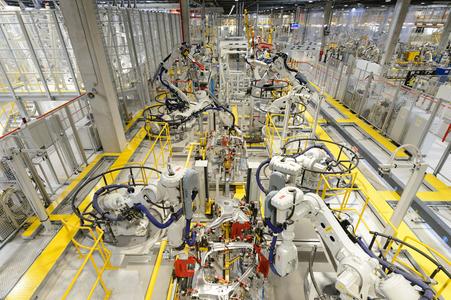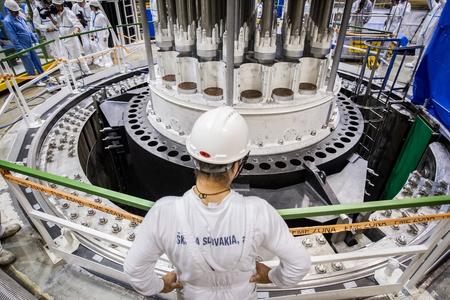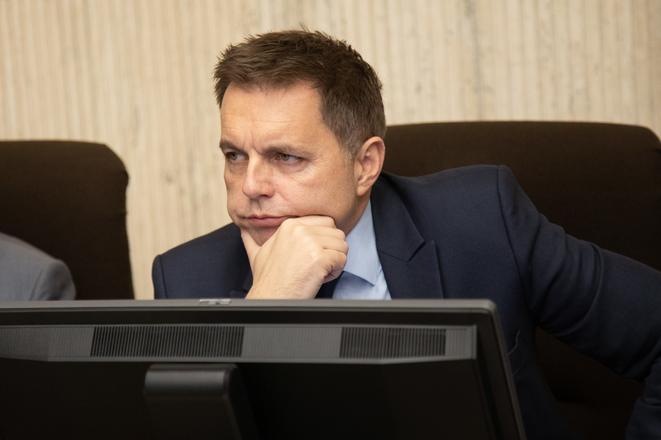The Finance Ministry has revised its economic growth forecast for this year downwards. Compared with last September, it worsened the prediction by 0.5 points to only 4 percent in its recent February prognosis.
Analysts from the Institute for Financial Policy (IFP), running under the Finance Ministry, hinted that Slovakia’s economy achieved its cyclic peak in 2018, when it grew at 4.3 percent.
“The slow-down comes with the weakening demand abroad, but new automotive production and the labour market are expected to draw the economy,” reads IFP analysis.
At the same time, it decreased production for the following two years as well, to 3.7 percent in 2020 (down 0.2 percentage points) and to 3.2 percent in 2021 (down 0.1 percentage points). The economy is expected to rise at 2.5 percent in 2022.
“We’re doing this revision based on the situation outside Slovakia, and not in Slovakia,” said Finance Minister Peter Kažimír, as quoted by the Denník N daily.
Despite the worse economic growth prediction, he does not think it will have a negative impact on budget plans for this year.

Meanwhile, the Organisation for Economic Cooperation and Development (OECD) issued a prognosis too, claiming that the Slovak economy should rise at 4.3 percent this year, and by 3.6 percent in 2020, the TASR newswire reported.
Reasons behind revised prognosis
The main reason for slower economic growth is the weakening demand abroad, Kažimír said. This will negatively impact our export. On the other hand, export will be supported by new production in Nitra-based carmaker Jaguar Land Rover, as well as Bratislava-based Volkswagen, Denník N wrote.
Moreover, the growth will be driven by household consumption this year, which will have similar dynamics like in the previous year.

At the same time, the creation of investments will slow down due to the negative impact of the foreign environment, accumulating risks and a base effect, the IFP analysis reads.
From 2021 onwards, the economy is expected to approach its long-term potential and slow down. Exports will be the main driving force, while household consumption is expected to slow down. Investments can slightly accelerate, according to the analysis.
Brexit may reduce GDP growth
As for the other sectors, IFP analysts expect employment to increase by 1.1 percent in 2019. Nearly 30,000 new jobs are expected to be created, while half of them will be in the service sector.
While the number of actively working people will slightly drop, the number of Slovaks working abroad will drop as well. Moreover, the influx of foreign workers is expected to continue.
The total unemployment rate is expected to fall to 6 percent this year, and will continue dropping to 5.3 percent in 2022, according to the analysis.
As for the wage increase, IFP predicts that the average nominal wage will rise to 6.7 percent this year, while real wages should go up by 4 percent. In the following years, wages will grow at a slower pace, and in 2022 the real wage is expected to increase by 2 percent.

At the same time, prices will go up by 2.6 percent this year, mostly due to the increase in prices for services. Inflation will slow down in the following years, amounting to 2.4 percent in 2022.
Though the economy prognoses remain solid, the Finance Ministry as well as the National Bank of Slovakia warn against strengthening negative risks, mostly the potential drop in the eurozone economy, increasing protectionism, and the threat of hard Brexit.
“We expect that a no-deal Brexit would reduce Slovakia’s GDP by 0.7-1.4 percent of GDP in the long-term,” the IFP analysis reads. “The impact will be most significant in the first two years though.”



 Finance Minister Peter Kažimír (source: SITA)
Finance Minister Peter Kažimír (source: SITA)